Here are 5 Things to Expect at Your Next Eye Exam
August 14, 2023
What goes on at an eye exam? If it's been a long time since your last one, you might be trying to remember what an eye exam entails so you have a good idea of what to expect.
An eye exam's purpose goes beyond ensuring you're still wearing the right pair of glasses or contacts. Eye exams are also an opportunity to assess how healthy your eyes are in several different ways.
Want to make sure there aren't any surprises when you come in to see your eye doctor? Keep reading to discover 5 things to expect at your next eye exam!
1. A Discussion of Your Health History
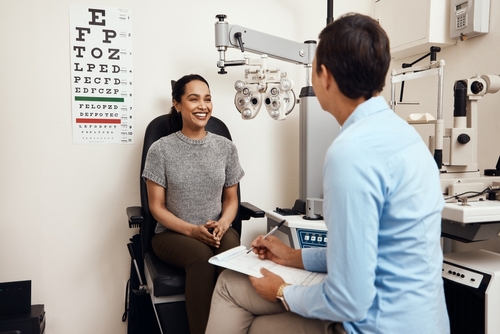
Your eye doctor will discuss your health history at the start of your appointment. They must understand the health of your eyes and how healthy you are to treat them best.
Some general health conditions, and the medications you may be taking for them, can affect your eyes. They can even raise your risk of developing certain eye conditions.
It's essential to tell your ophthalmologist and anyone taking down your medical history about all conditions and medications you're currently taking, even if you don't think they are directly related to your eye health or vision.
In addition to your medical history, your eye doctor will also ask about any conditions in your family. Genetics can predispose you to conditions such as glaucoma, cataracts, and macular degeneration.
By being aware of a family history of these, your ophthalmologist and their team can closely monitor you for any early warning signs.
2. Reading an Eye Chart
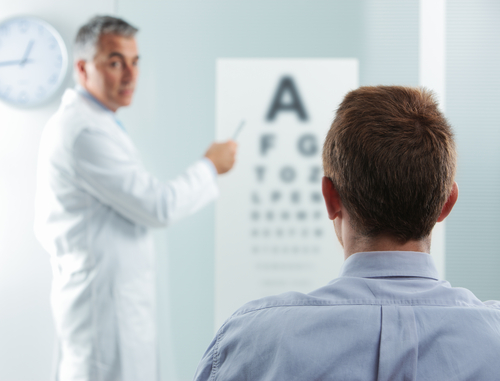 You might picture an eye chart when you think about getting an eye exam. Also known as a Snellen chart, it contains letters that decrease in size with every line.
You might picture an eye chart when you think about getting an eye exam. Also known as a Snellen chart, it contains letters that decrease in size with every line.
An eye chart is a valuable tool for evaluating your visual acuity, which measures the sharpness of your vision. Standing a certain distance from the chart, typically 20 feet, you will read the rows of letters, covering one eye at a time.
Your eye doctor will note when you have trouble accurately identifying the letters. The idea of "20/20 vision" comes from the Snellen chart.
If you can see the chart from a distance of 20 feet without needing to squint or move closer to the chart to see better, you have 20/20 vision.
3. A Refraction Test
Refraction refers to the eye's ability is your eye's ability to bend light and focus it onto the retina. With a refractive error like nearsightedness, farsightedness, or astigmatism, the eye does not refract light as it should, resulting in blurry vision.
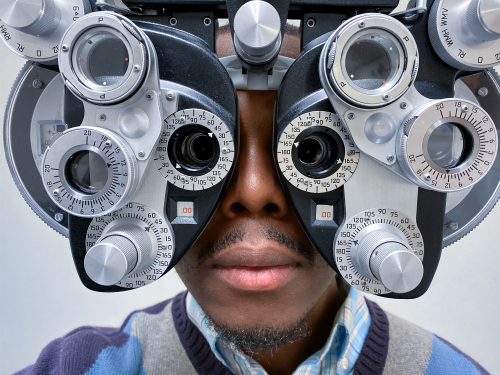 A refraction test measures your refractive error to determine your prescription. It allows your ophthalmologist to identify suitable corrective lenses for you.
A refraction test measures your refractive error to determine your prescription. It allows your ophthalmologist to identify suitable corrective lenses for you.
This part of your eye exam involves looking through a device called a phoropter. While a phoropter may look complex, it's actually quite simple.
The phoropter contains a variety of different lenses with various powers. Your eye doctor will try different lenses and lens combinations as you peer through them to determine which helps you see the best.
4. An Evaluation of the Structures of Your Eye
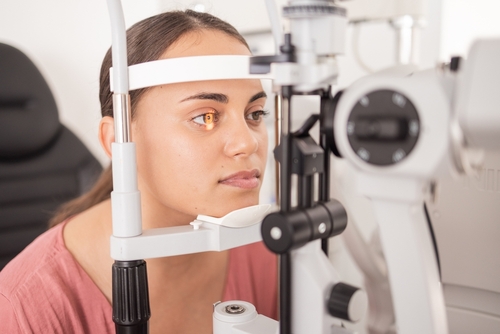
The eye contains myriad structures that must work together to provide clear vision. During your exam, your eye doctor will closely examine these structures, including the pupil, cornea, lens, iris, retina, and optic nerve.
They will use a slit-lamp microscope to get a better look at the front of your eye. A slit-lamp microscope illuminates the eye, allowing them to see the tiniest structures in crystal-clear detail.
To better look at the retina and optic nerve, they dilate your pupils with eye drops. Your ophthalmologist will also check how well the muscles in your eyes can move.
They may move a pen or a similar object across your field of vision and evaluate how well your eyes can follow it. They will also check that your eyes align properly.
Eye pressure is another critical area to assess during an eye exam. Increased eye pressure is associated with glaucoma.
Your ophthalmologist will use applanation to test eye pressure levels. Applanation does not use a puff of air, instead using a blue light and special dye.
By evaluating the different structures of your eye, your eye doctor can assess you for early signs of various eye conditions.
5. Discussing Necessary Next Steps
Your eye exam may find that your eyes are in perfect health, so your next step may be scheduling your next exam to ensure your eyes remain healthy.
For the millions of people who require glasses and contact lenses, the prescription determined by your eye exam will allow you to get the visual aids you need to see clearly. Your next step may be getting fitted for glasses or contacts or ordering a new pair with your updated prescription.
If you want to permanently correct your vision with a procedure like LASIK, your eye doctor can discuss whether that might be a good fit for you. You must qualify as a good candidate for the procedure first.
If your ophthalmologist finds any signs of potential eye conditions during your exam, they may perform additional tests. Once testing is complete, they will discuss their findings with you.
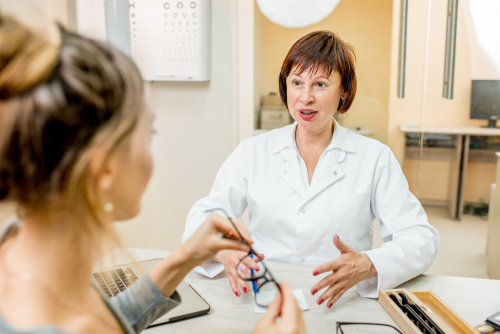
If needed, they will discuss available treatment options. They may also recommend more frequent exams in the future to stay on top of any developing conditions or if you have an increased risk of developing one due to family history.
Do you need to schedule your next eye exam? Request an appointment at Metropolitan Ophthalmology in McLean, VA, today to learn more and make your eyes a priority!



